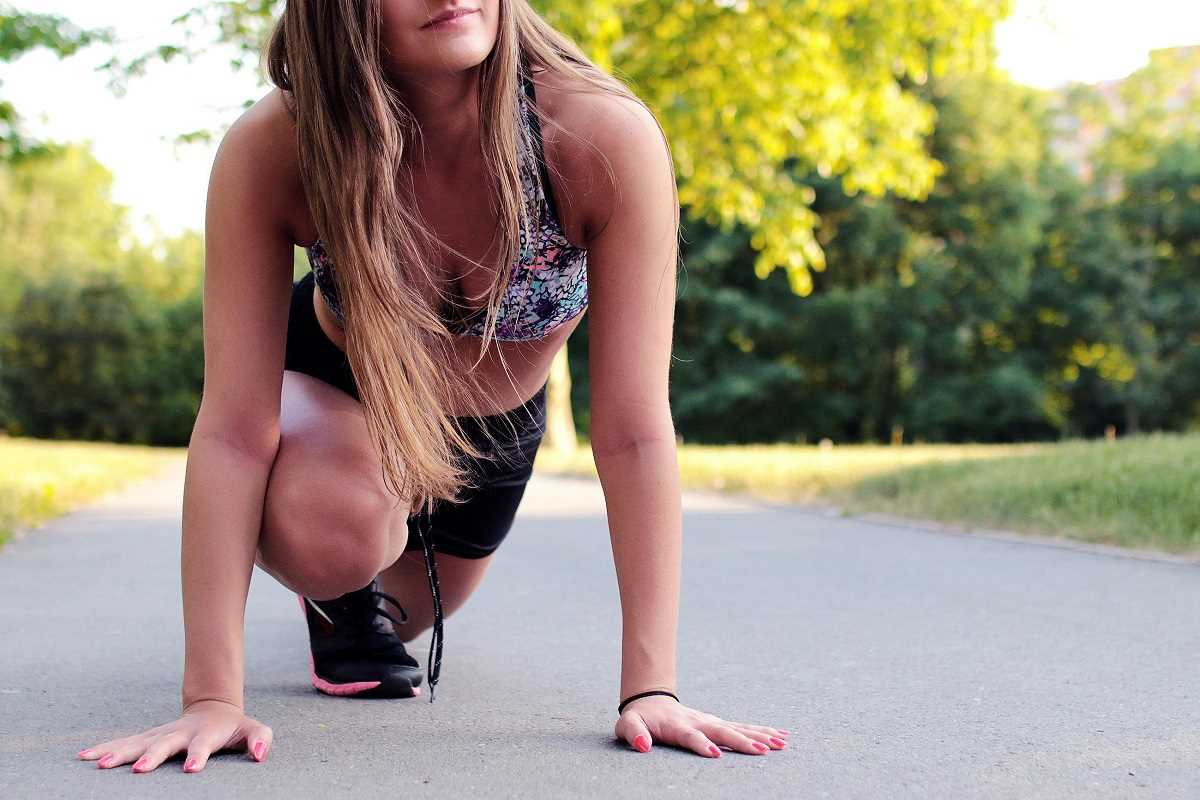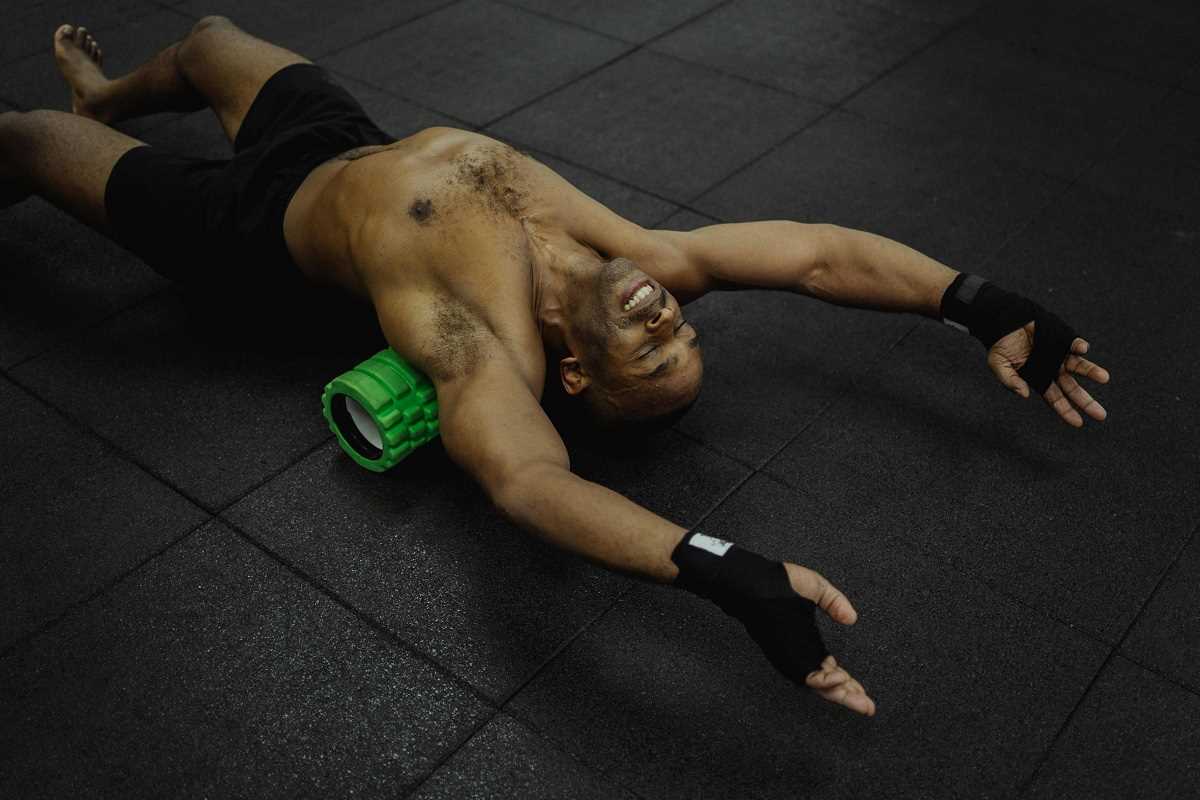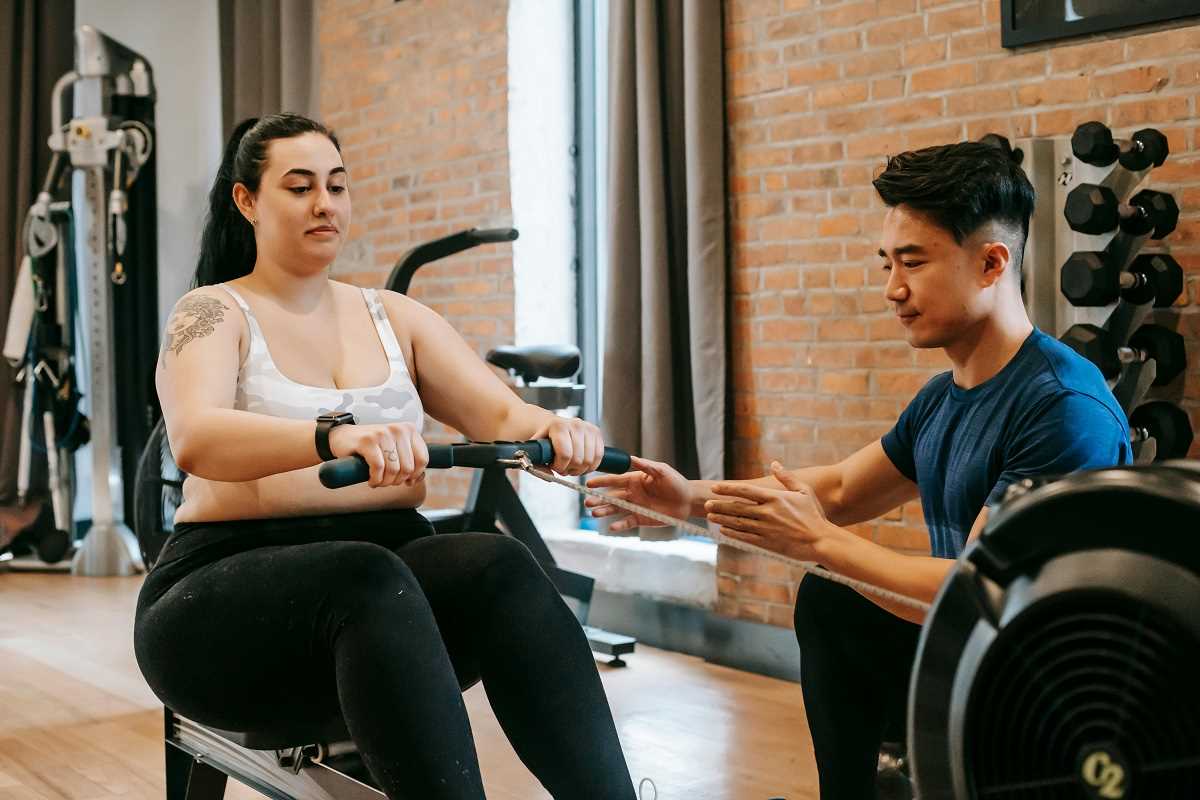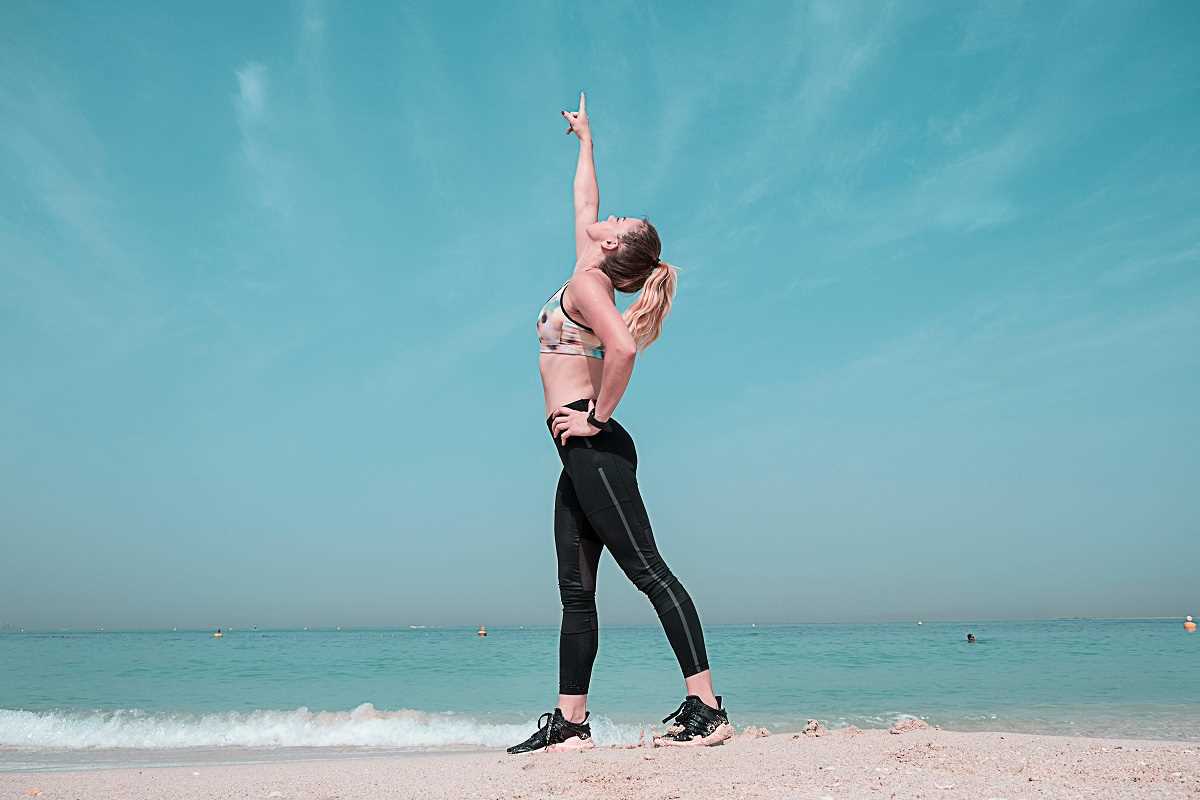If you’ve spent hours sitting at a desk, you know all too well the aches and stiffness that follow. Your back tightens up, your shoulders creep forward, and even turning your neck can feel like a chore. For many office workers, these sensations are common, but they shouldn’t be the norm. Movement and stretching can change the game—not just relieving pain but helping your body move freely, feel stronger, and resist injury.
This guide walks you through essential stretches and simple workouts designed to target those everyday aches, all while building strength that’ll make moving feel effortless (even after a long day at your desk).
Why Office Work Makes Movement Harder
Being stationary for hours on end leads to a tightening of muscles and weakening of others. Think of it like this: Muscles are meant to move and work in harmony. Sitting disrupts this balance. The result? Tighter hip flexors, weakened glutes, a stiff spine, and rounded shoulders.
This isn’t just about being uncomfortable. Over time, muscle imbalances caused by prolonged sitting can lead to back pain, poor posture, and even an increased risk of injury during everyday activities. The good news? A targeted combination of stretches and simple workouts can help correct these patterns.
The Essentials of Stretching
Stretching isn’t just about touching your toes (though we’ll include that too). It’s about creating length and flexibility, so your body can move better and more easily. For office workers, there are certain areas that need extra attention, such as the hips, lower back, shoulders, and neck.
Here’s a breakdown of stretches that can target these problem areas and improve your mobility.
Hip Flexor Stretch
Why it’s important: Sitting shortens your hip flexors, which can lead to tight hips and lower back strain.
How to do it:
- Get into a lunge position, with your right knee forward and left knee on the ground.
- Shift your weight slightly forward until you feel a stretch through the front of your left hip.
- Keep your chest tall and hold for 20–30 seconds.
- Switch sides.
Cat-Cow Stretch
Why it’s important: This yoga classic increases spinal mobility and reduces stiffness after long periods of sitting.
How to do it:
- Start on all fours, with your hands under your shoulders and knees under your hips.
- On an inhale, arch your back, lifting your tailbone and head (Cow).
- On an exhale, round your back, tucking your chin and tailbone (Cat).
- Flow through this motion for 30–60 seconds, moving with your breath.
Chest Opener Stretch
Why it’s important: Hours hunched over a keyboard can tighten your chest and pull your shoulders forward.
How to do it:
- Stand in a doorway with your arms at shoulder height, elbows bent 90 degrees.
- Place your hands on the doorframe and step forward until you feel a stretch across your chest.
- Hold for 30 seconds, then release.
Neck Stretch
Why it’s important: Staring at screens for hours often creates tension in the neck and shoulders.
How to do it:
- Sit or stand tall with your shoulders back.
- Slowly tilt your head toward your right shoulder while keeping your left shoulder down.
- Hold for 20–30 seconds, then switch sides.
Strength Training for Better Movement
Strength training may sound intimidating, but it doesn’t have to mean lifting heavy weights. The focus here is on building stability and strength in the muscles that support your posture and movement. These workouts can often be done with nothing more than your body weight, making them perfect for home or the office gym.
Glute Bridges
Why it’s important: This exercise strengthens your glutes and hamstrings, helping to counteract the effects of tight hip flexors.
How to do it:
- Lie on your back with your knees bent and feet flat on the ground.
- Squeeze your glutes and lift your hips toward the ceiling until your body forms a straight line from shoulders to knees.
- Lower back down slowly and repeat for 10–12 reps.
Dead Bugs
Why it’s important: This core exercise targets abdominal stability, which is essential for protecting your lower back.
How to do it:
- Lie on your back with your knees bent at 90 degrees and arms reaching toward the ceiling.
- Slowly lower your right arm and left leg toward the floor while keeping your lower back pressed into the ground.
- Return to the starting position and repeat on the other side. Continue for 10 reps per side.
Wall Angels
Why it’s important: Great for improving posture, this workout strengthens the muscles between your shoulder blades.
How to do it:
- Stand with your back flat against a wall, pressing your lower back and shoulders into it.
- Raise your arms into a “goalpost” position, then slowly lift them overhead while keeping contact with the wall.
- Lower back to the starting position and repeat 8–10 times.
Bodyweight Squats
Why it’s important: Squats strengthen your entire lower body and improve mobility in your hips and knees.
How to do it:
- Stand with your feet shoulder-width apart and toes slightly turned out.
- Lower your hips back and down, as if sitting into an invisible chair.
- Keep your chest lifted and knees tracking over your toes.
- Push through your heels to stand back up. Aim for 10–12 reps.
Practical Tips for Sticking With It
Starting is one thing, but sticking to a routine is where the magic happens. Here are some practical ways to build these stretches and exercises into your day.
- Stretch during breaks: Set a timer to remind yourself to stretch for 2–3 minutes every hour. Small movements can make a big difference.
- Keep equipment handy: Resistance bands or an exercise mat can make some moves more effective and comfortable.
- Pair workouts with another habit: For example, do your stretches while watching TV or prep for squats while your morning coffee brews.
- Track your progress: Keep a journal to note how often you’re stretching and training, and celebrate small wins!
While it might take a few weeks to feel significant results, the benefits of these stretches and exercises are undeniable. Regular movement can not only relieve the pain caused by hours of desk work but also prevent future injuries. You’ll stand taller, feel stronger, and, most importantly, move through your day pain-free.
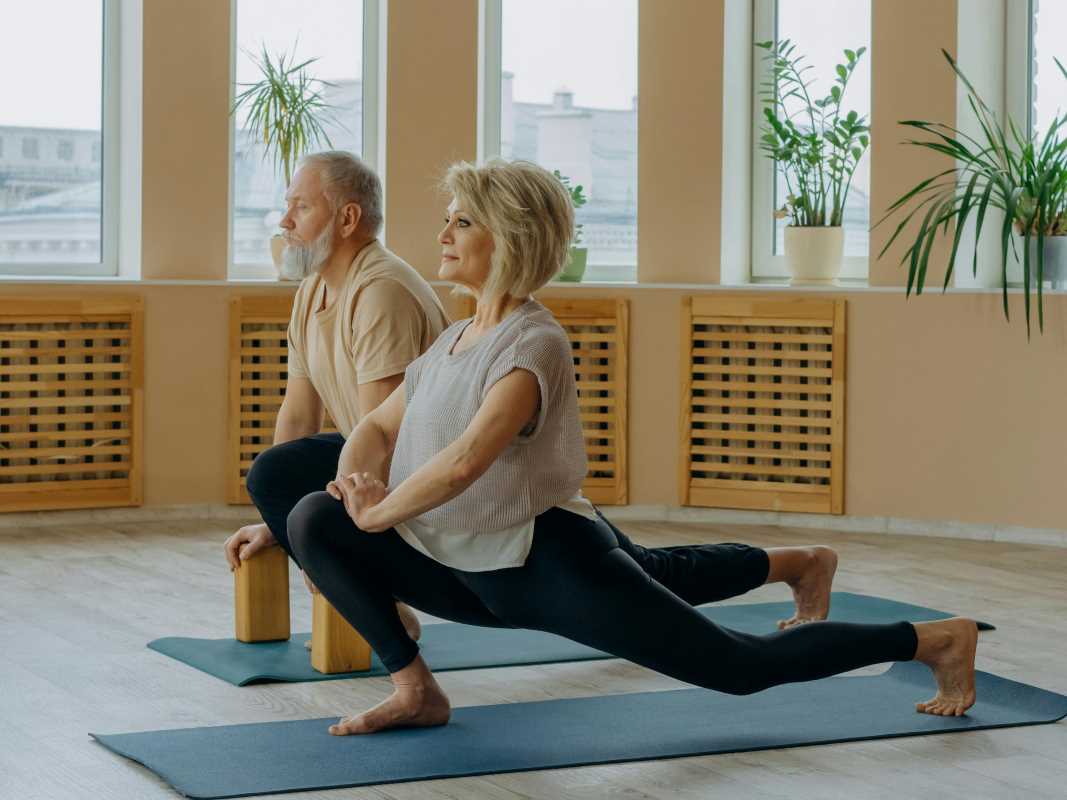 (Image via
(Image via